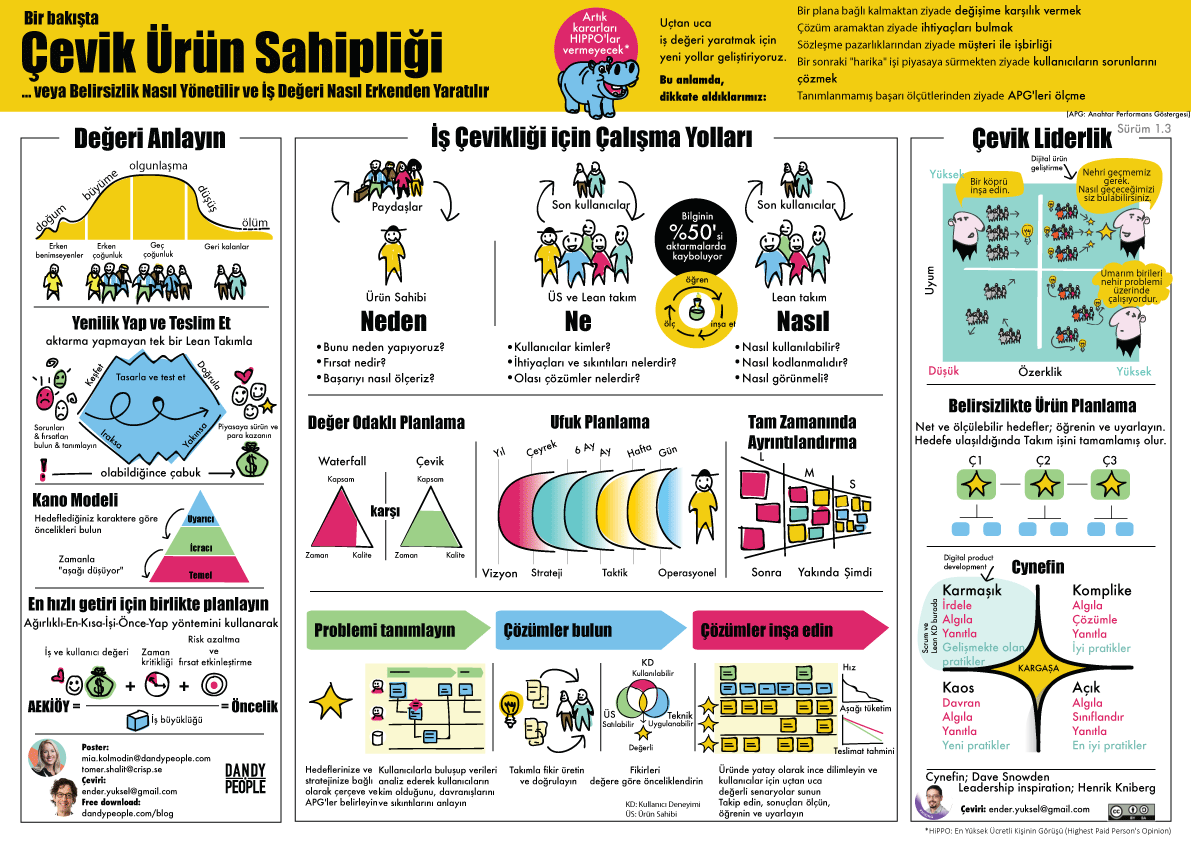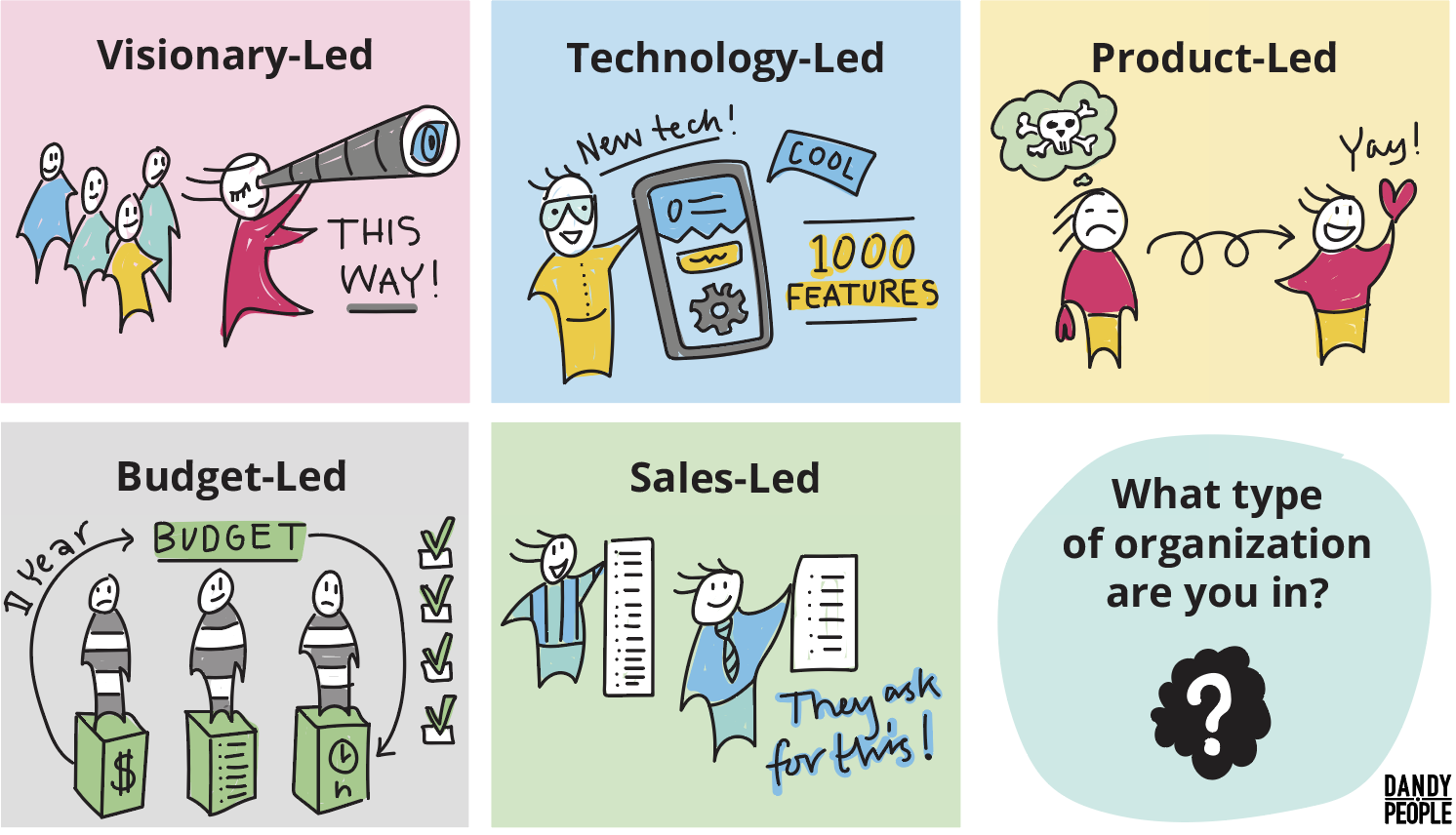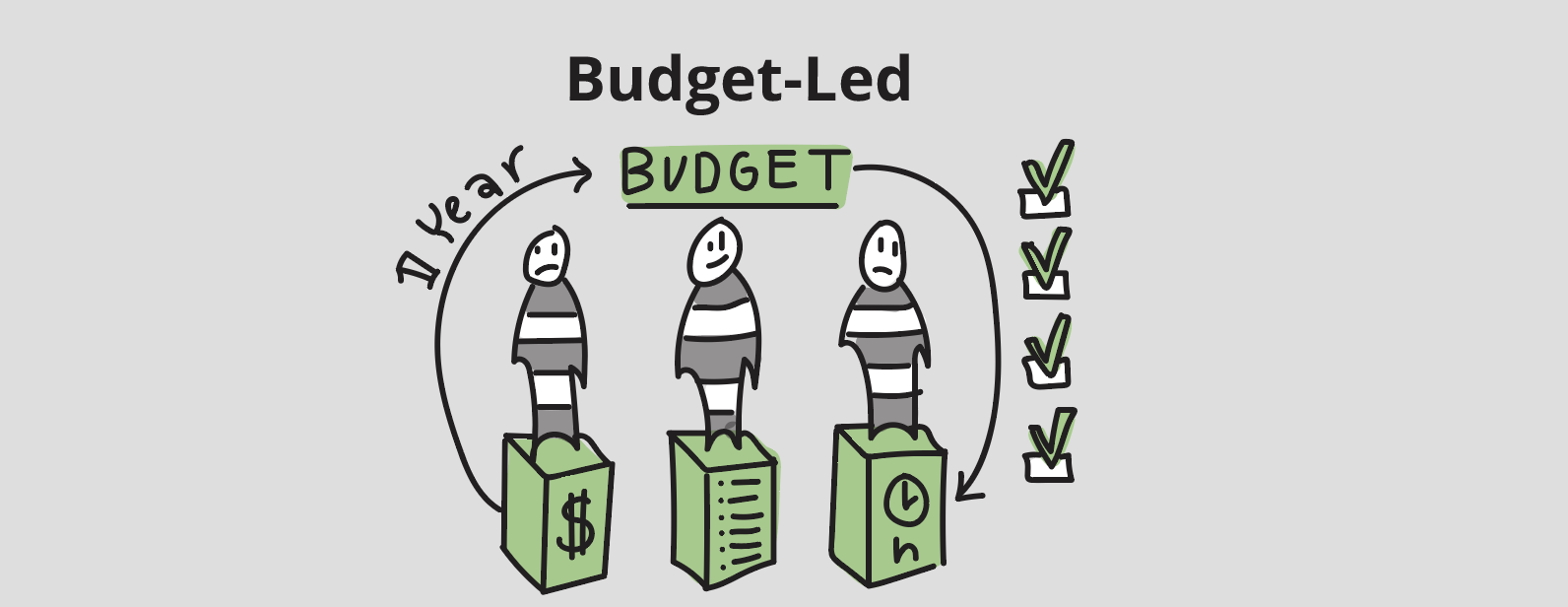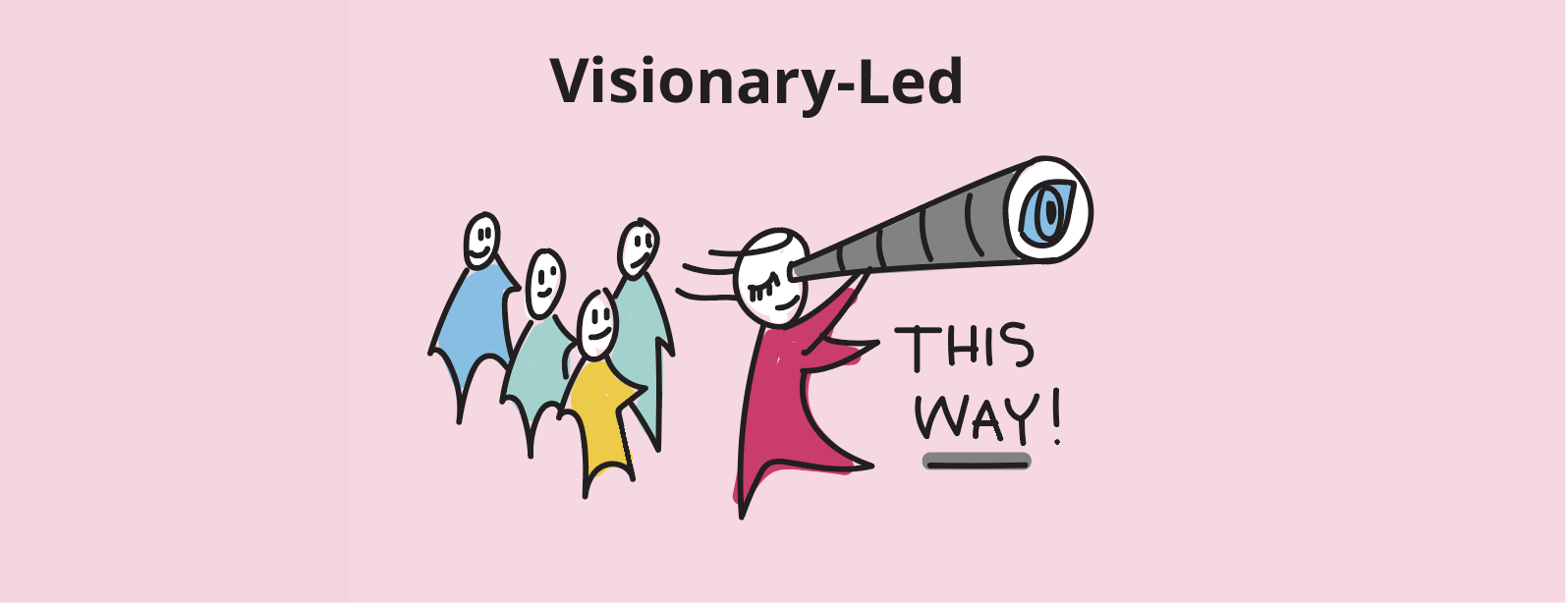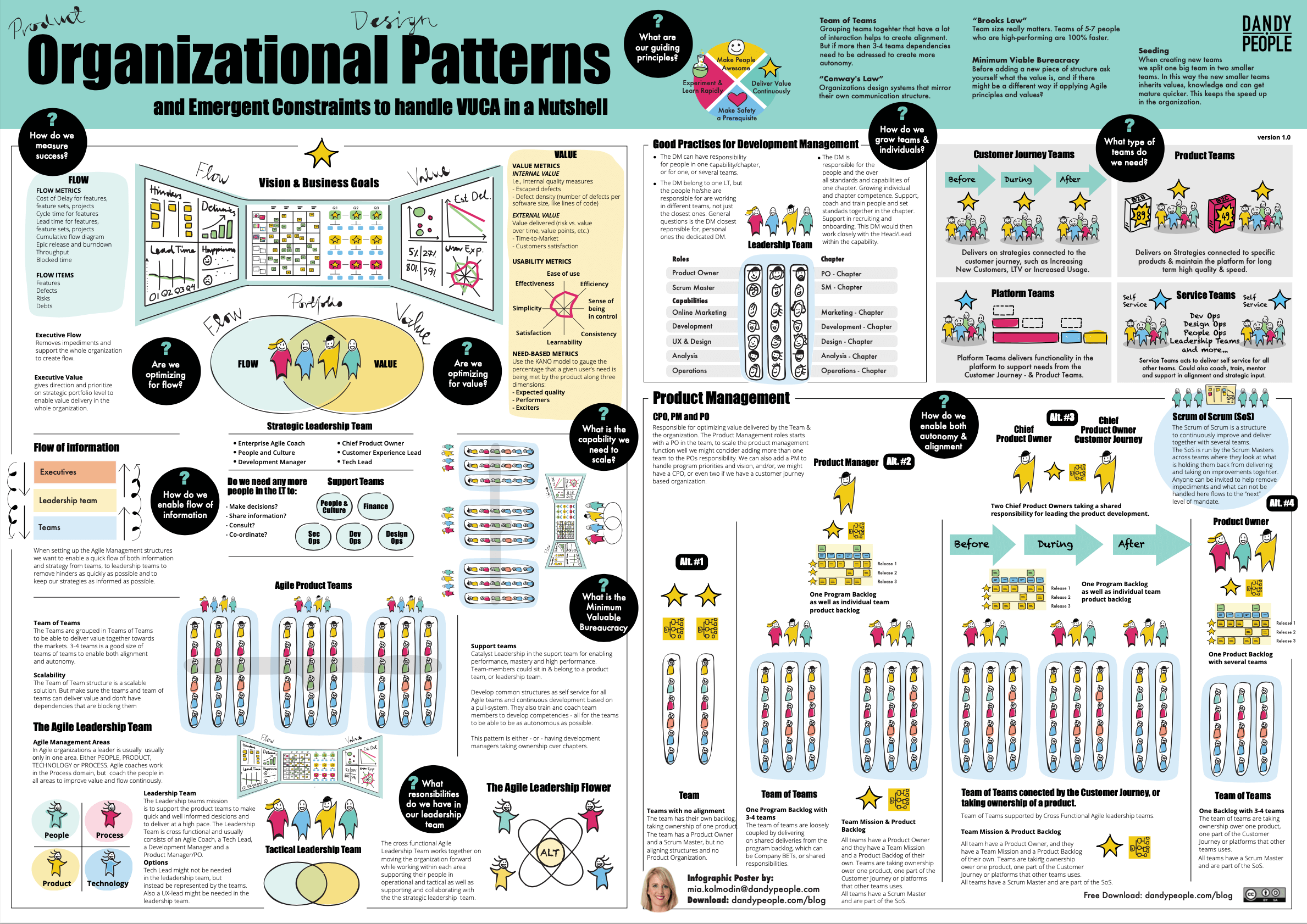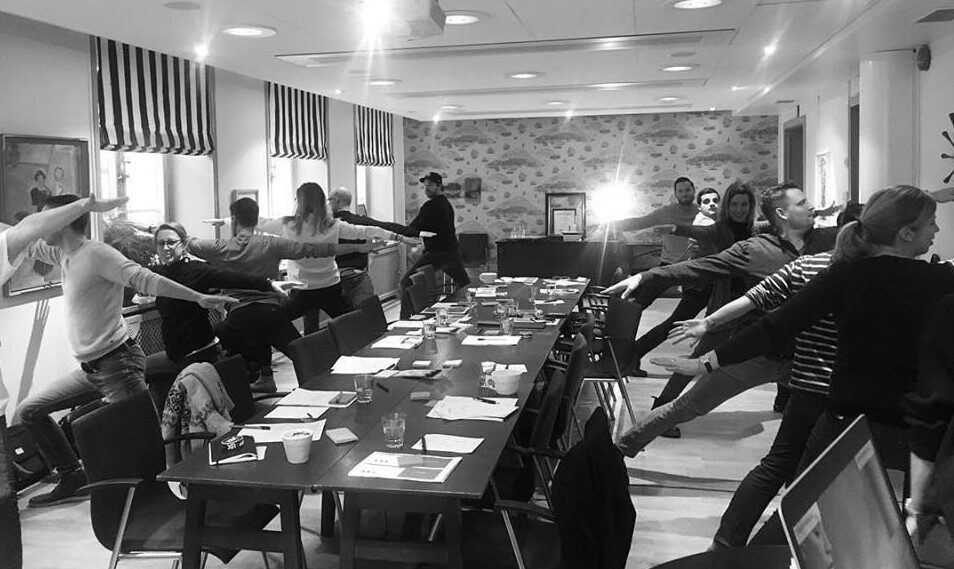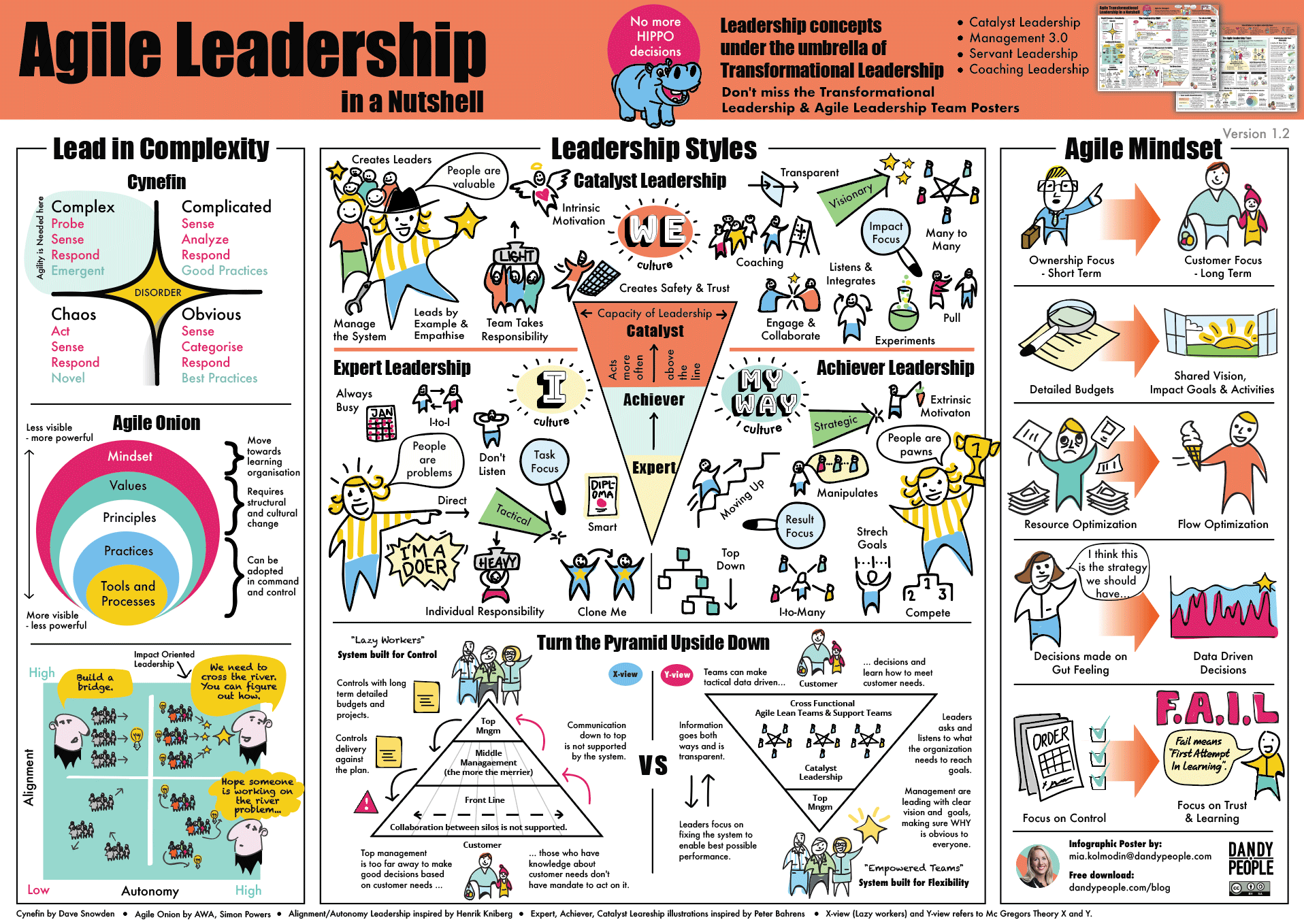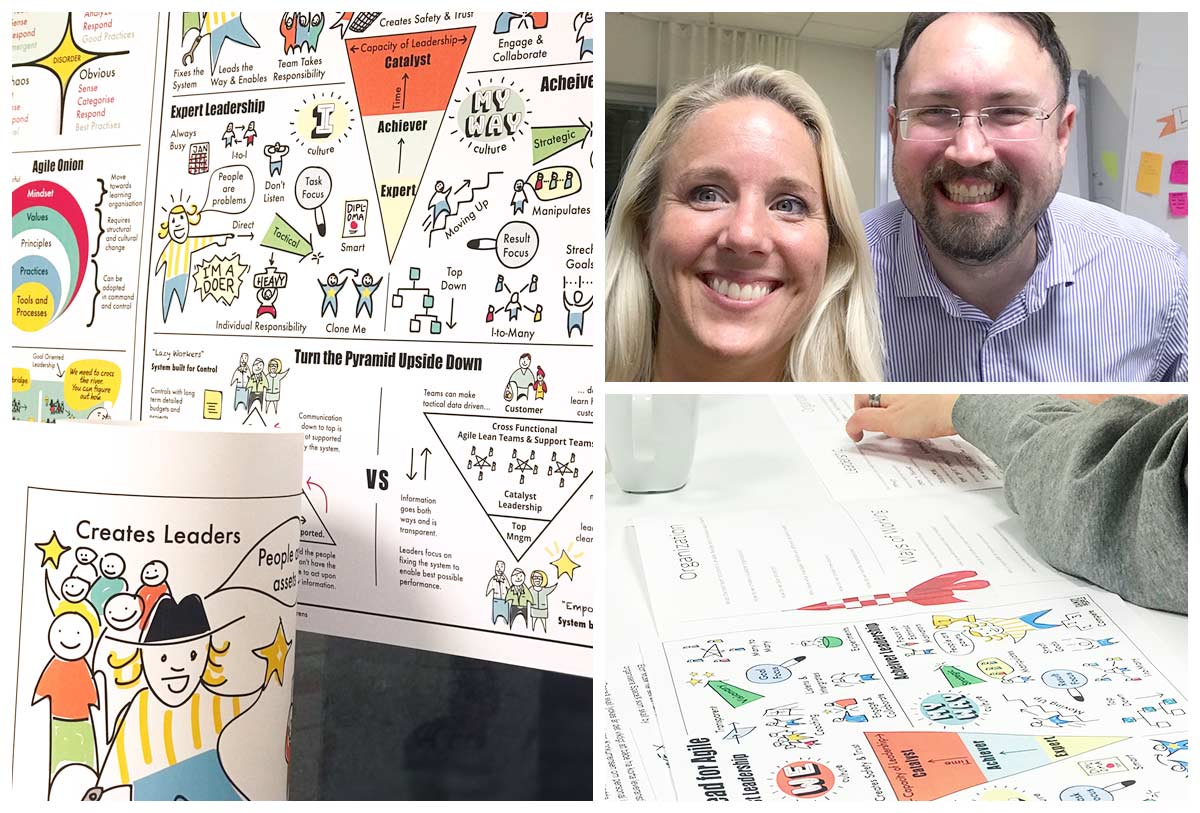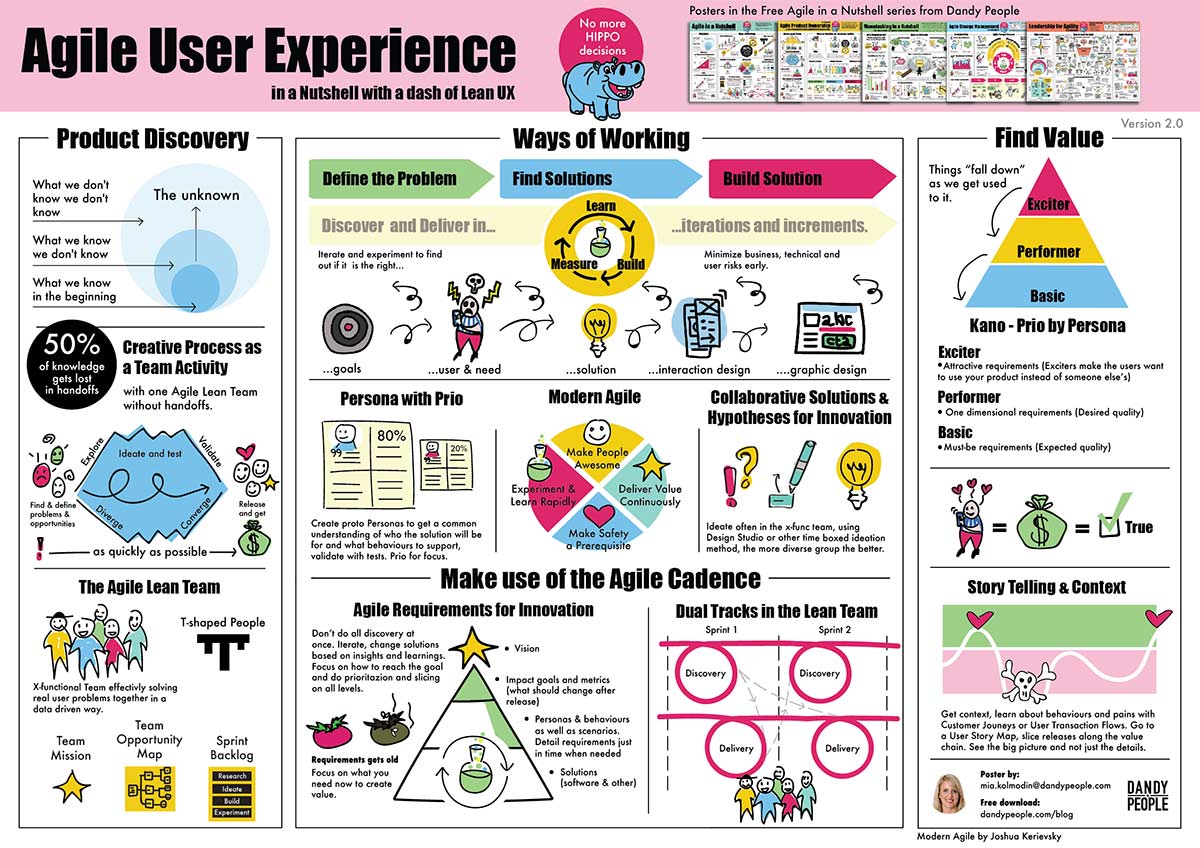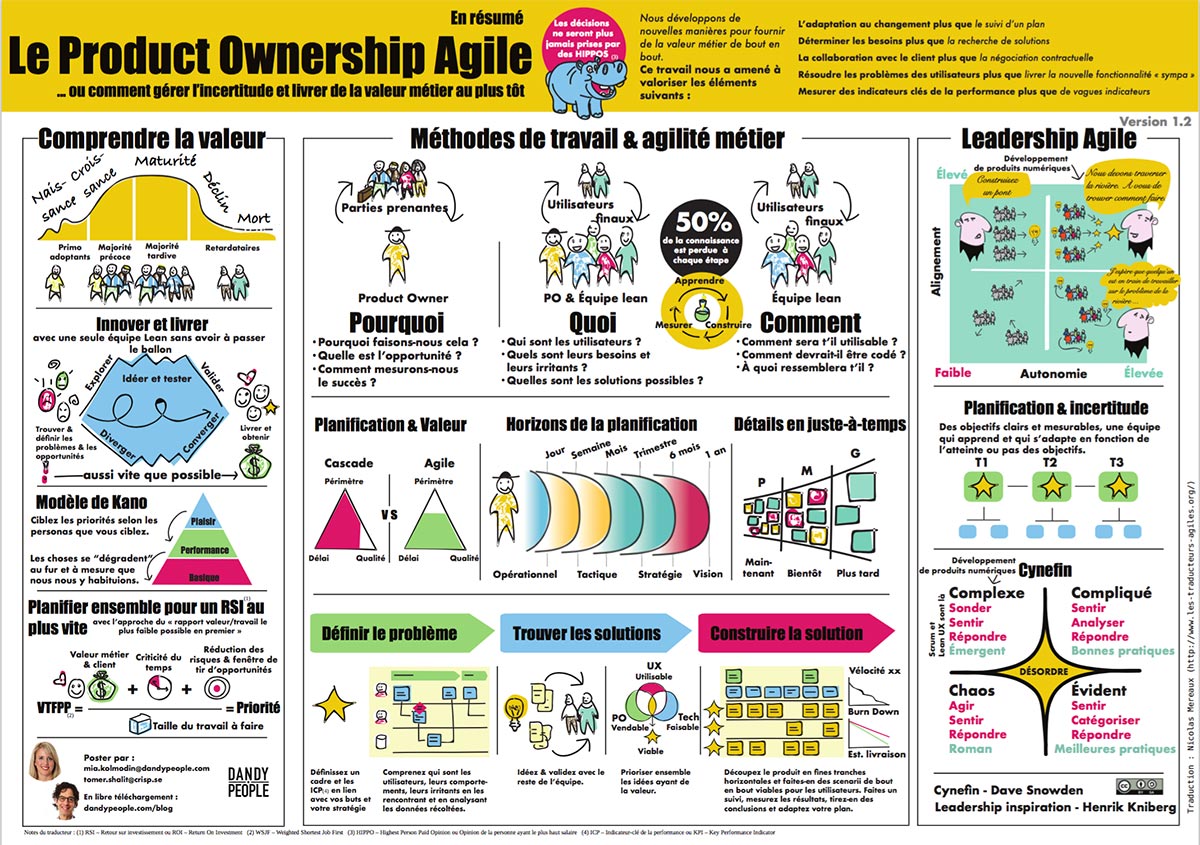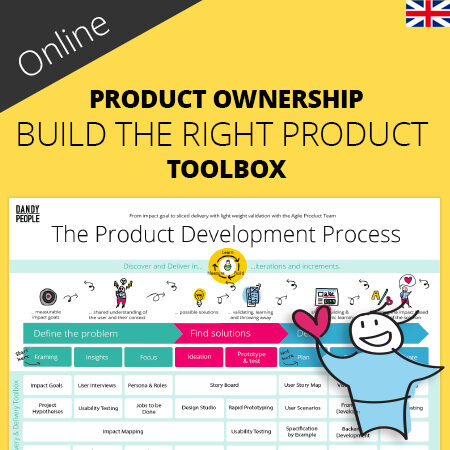The idea of the organization as a machine is a metaphor that was common 150 years ago, but many people are experiencing it right now too. This is common when what is asked for, and celebrated, is output oriented. Like, for instance, the number of “things” being delivered is counted, reported and the goal is “met” when the ”right” number of features has been shipped. What seems to be lost in theese organizations is the purpose of the organization. What is the actual customer- and business value that the organization should aim to deliver to be successful?
The actual purpose of the organization
The purpose of an organization is of course never to do a specific number of things, or to meet the numbers in budget but to deliver some kind of value to its customers. If you are a bank, maybe the value is making your customers housing dreams come true. And if you are in health care, maybe it is something like helping people live healthy lives longer – and helping those sick to become well faster. Today the trick is to understand this purpose and explore as quickly as possible what solutions would do the customer job-to-be-done they came to you for – as well as give the business vale you are looking for, with a feasable technical solution. To be able to do so we need to use hypothesis driven development, test things, throw them away and try new things. And this is often impossible to plan and co-ordinate if you are not working closely together.
Download the poster here for free in PDF >
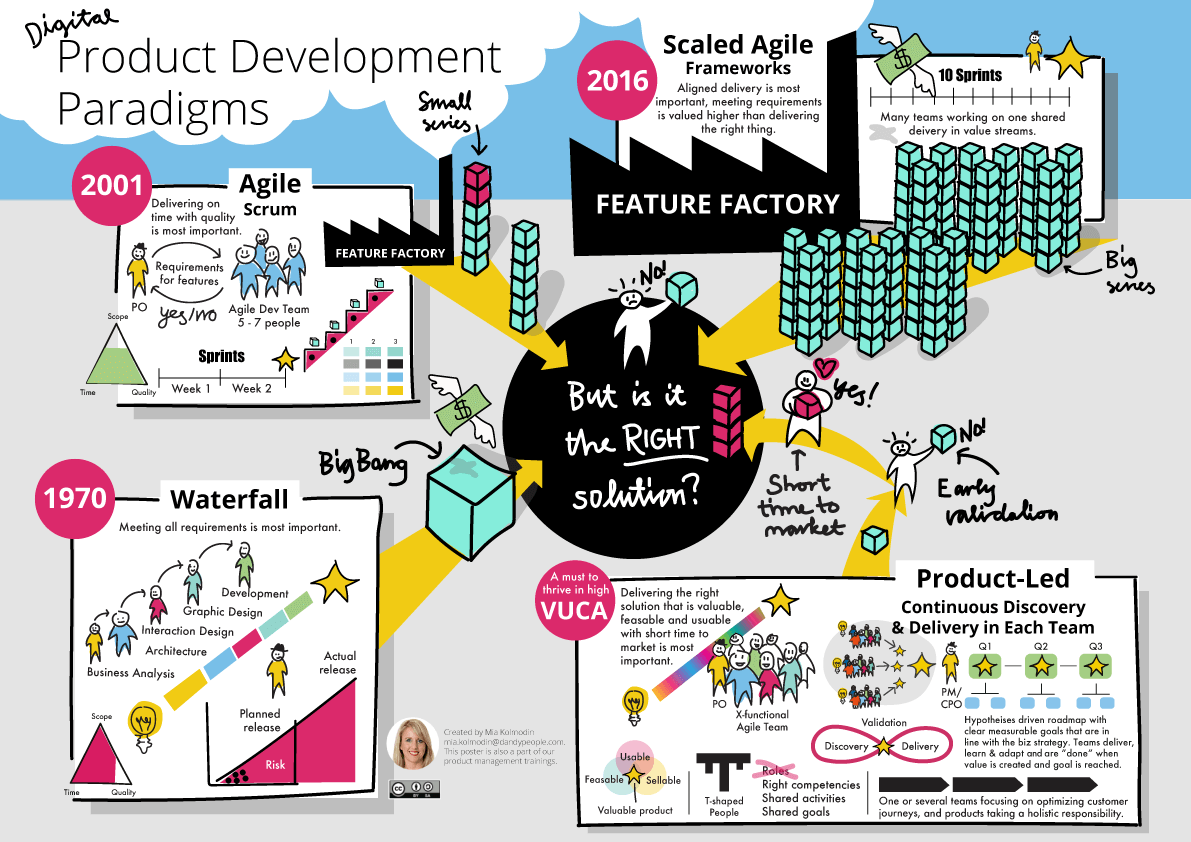
Delivering the right thing
Sadly, it seems the main focus for many Agile transformations have been to decrease costs, or become more efficient in “IT”. Many would start by increasing the flow of the organization – which is totally fine, that is always the “first step” and to increase the speed of delivery to actually get something out to the customer. But after that, there should always be a focus on value. Delivering the right thing fast is what we should be looking for. To do so almost always you need to bring several parts of the organization together into one new organization. Often marketing, business, tech and others are needed to make the required shift to reduce “the cost in IT”. If this doesn’t happen, you might become really slow, or delivering the wrong things fast – making you a feature factory.
(more…)



